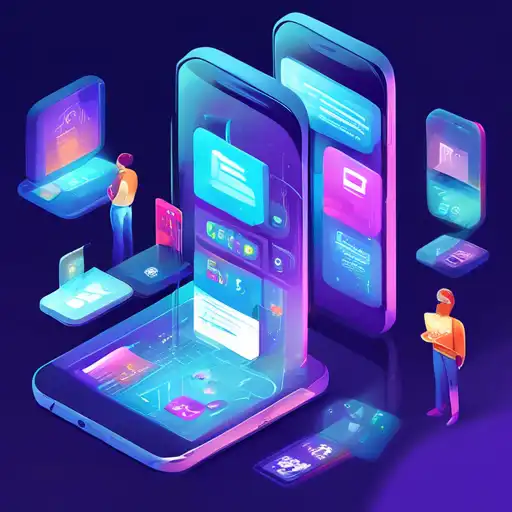Introduction to Mobile Development Trends
The mobile development landscape is continuously evolving, with new technologies and methodologies emerging at a rapid pace. As we look towards the future, several key trends are set to redefine how apps are developed, deployed, and experienced by users worldwide. This article explores these pivotal trends, offering insights into what developers, businesses, and consumers can expect in the coming years.
1. Cross-Platform Development Gains Momentum
One of the most significant shifts in mobile development is the increasing preference for cross-platform frameworks. Tools like Flutter and React Native are enabling developers to write code once and deploy it across multiple platforms, significantly reducing development time and costs. This trend is not only about efficiency but also about reaching a wider audience without compromising on performance or user experience.
2. The Rise of 5G Technology
The rollout of 5G networks is set to revolutionize mobile app development. With faster speeds and lower latency, developers can create more sophisticated and data-intensive applications. From augmented reality (AR) experiences to real-time multiplayer gaming, 5G will unlock new possibilities that were previously unfeasible.
3. Artificial Intelligence and Machine Learning Integration
AI and ML are becoming integral to mobile apps, powering everything from personalized recommendations to advanced image recognition. As these technologies become more accessible, we can expect to see them embedded in a wider range of applications, making apps smarter and more intuitive.
4. Enhanced Focus on App Security
With the increasing amount of personal data being processed by mobile apps, security is a top priority. Developers are adopting advanced encryption techniques and secure coding practices to protect user data. Additionally, regulations like GDPR are pushing for higher standards in data privacy and security.
5. The Growth of Wearable and IoT Integration
The expansion of the Internet of Things (IoT) and wearable technology is creating new opportunities for mobile developers. Apps that can interact with a wide range of devices, from smartwatches to home automation systems, are in high demand, offering users seamless connectivity and control over their digital environments.
Conclusion
The future of mobile development is bright, with innovations that promise to enhance both the developer and user experience. By staying abreast of these trends, developers can ensure their apps remain relevant and competitive in a rapidly changing digital landscape. For those interested in diving deeper into mobile development, exploring our resources can provide valuable insights and tools to get started.
